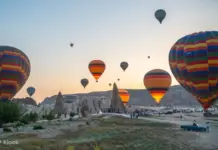Discovering Xinjiang, you will be amazed by the ancient culture of the ancient Silk Road, the scenic beauty of the diverse terrain and spectacular landscapes as well as the colorful life of ethnic minorities. Xinjiang is one of the best places to visit in China that anyone wants to visit once in their life. Every moment in this land will bring you a feeling of “touching” with the wild and mysterious places, because this place is an immortal symphony of culture, history and nature. Let’s discover the beauty of this place through our Xinjiang travel blog with the fullest Xinjiang travel guide (Xinjiang guide) for first-timers.
- Xinjiang blog — A journey to the paradise on earth
- The ULTIMATE Lijiang travel guide: Top things to do, where to visit, stay, eat & MORE
- The FULLEST guide to Fenghuang Ancient Town: Top things to do, Eat, Tips & MORE
- Macau itinerary 2 days: How to spend 2 days in Macau perfectly from Hong Kong
- Must do in Macau: 11+ best things to do in Macau for First-Time Travelers
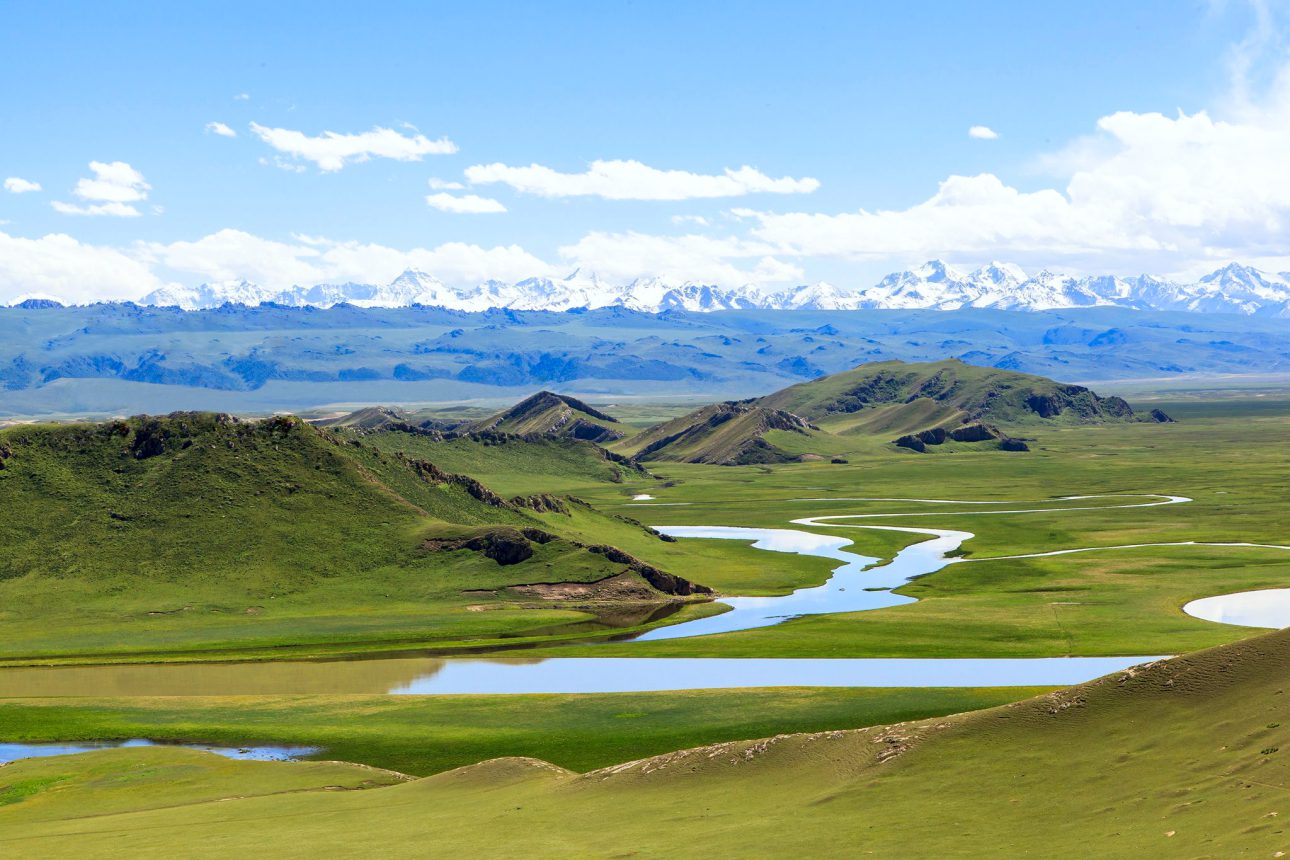


Possessing countless attractions, the beautiful scenery of Xinjiang offers explorers a once-in-a-lifetime journey. You can follow in the footsteps of ancient merchants and explore the prosperous trading towns (such as Kashgar, Turpan, Hami, Kuche, Aksu, etc.) along the legendary Silk Road in Xinjiang, and immerse yourself in the most extraordinary landscapes such as emerald green or blue mountain lakes, vast grasslands dotted with nomadic herds, magnificent grand canyons with distinct topography, mountainous regions with many glaciers, etc., home to many ethnic groups, including Uyghur, Han, Kazak, Hui, Mongol, Tatar, Russian, etc.



From the sacred Tianshan Mountain to the vast grasslands of Narati and Bayanbulak, from the brilliant Five-Colored Beach to the great Taklamakan Desert and the vast Tianchi Lake. Whatever you are looking for… it is all in Xinjiang.
Overview of Xinjiang (#Xinjiang travel blog)

Xinjiang is an autonomous region with magnificent and rich landscapes, an ideal place for those who are passionate about exploring and experiencing historical culture. With an area of about 1.6 million km², Xinjiang is fortunate to be blessed with many beautiful natural landscapes, captivating visitors. With the improvement of transportation and economy, Xinjiang has become one of the most famous tourist destinations in China. Outstanding natural landscapes, historical and cultural relics, unique ethnic minority cultures and customs, cuisine and fruits are attracting more and more tourists to explore the beauty of Xinjiang.


Xinjiang is the largest province-level region in China (accounting for nearly ⅙ of the territory) and is one of the 5 autonomous regions for ethnic minorities. Xinjiang is located in northwest China and inland Eurasia, completely landlocked, the capital of Xinjiang is Urumqi. Xinjiang or Xiyu was called the Western Regions during the Silk Road period, and was later renamed Xinjiang, meaning “new frontier” in the late Qing Dynasty.

Xinjiang borders Gansu, Qinghai and Tibet of China and 8 Asian countries (Russia, Mongolia, Kazakhstan, Kyrgyzstan, Tajikistan, Afghanistan, Pakistan and India) with a border of more than 5,700 km.
If we talk about China’s “heaven on earth”, we really cannot help but mention Xinjiang, which has been associated with the ancient silk route for more than 1,500 years of history. This place is also known as the “holy land of beauties” thanks to its geographical location where many European and Asian ethnic groups intersect.


Not only famous as one of the five autonomous regions in China, Xinjiang is also a place where unique cultural features and the best sightseeing spots in Asia converge. Nanjiang (the south of Xinjiang) will be the main land of the Uyghur people, while Beijiang (the north of Xinjiang) is mainly nomadic and has a strong national identity with many beautiful landscapes. Xinjiang impresses with its outstanding natural beauty, historical relics, culture and customs bearing the local mark, along with a diverse cuisine and fruits.

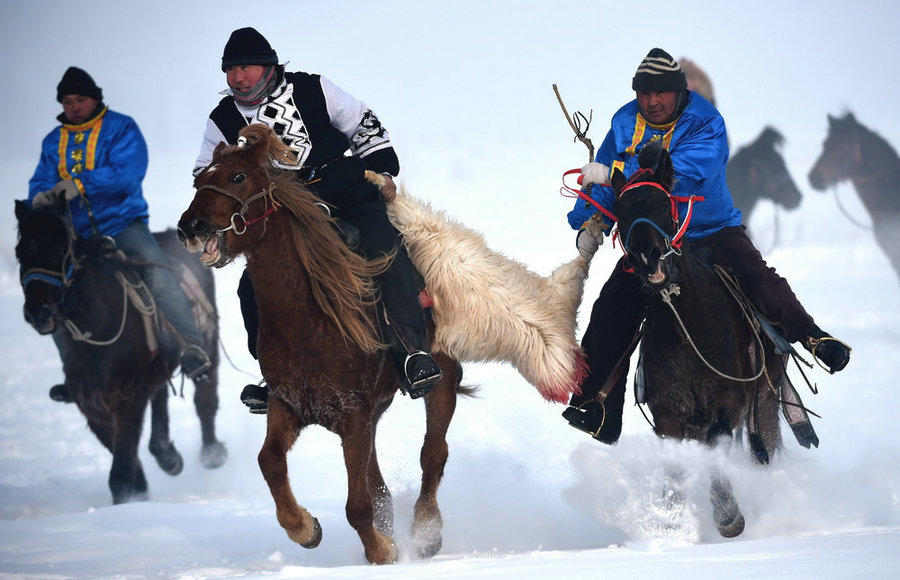
Immerse yourself in the most special landscapes such as emerald green or blue mountain lakes, vast grasslands dotted with nomadic herds, magnificent canyons with different terrains, mountainous areas with many glaciers… will definitely be great experiences for your trip to Xinjiang, China. From the vast and mysterious Taklamakan Desert to the Tianshan Mountains with their snow-capped peaks and lush green valleys, visitors to Xinjiang are amazed by the scenery that looks like a real-life painting. Bosten Lake, one of the largest freshwater lakes in China, is also an attractive destination not to be missed when coming to Xinjiang.

When is the best time to travel to Xinjiang? (#Xinjiang blog)

Xinjiang is far from the sea and surrounded by high mountains, forming a distinct continental temperate climate. The temperature difference is large; the sunshine is moderate; the ultraviolet rays are strong; the climate is very dry. But you can going to Xinjiang all year round. Different seasons allow you to enjoy Xinjiang differently.
Spring (March to May)

Flowers bloom everywhere, rainfall and temperature also gradually increase. The temperature in this season is about 15-20 degrees. You can go to plum blossom valley, Tianshan Lake, Hemu Scenic spot, Kanas National Geopark, Sayram Lake, and Huocheng Lavender fields to enjoy flowers, take a boat and walk around. At this time, southern Xinjiang is a good choice for those who want to see lavender fields, rapeseed flowers, and peach blossoms blooming in competition.

Summer (June to August) (#Xinjiang travel blog)
Xinjiang enters the hot and dry summer. However, the temperature in the mountains is still relatively cold, which is a suitable place for those who want a real vacation with sand therapy in Turpan or experience traditional culture in the Ili grassland.

It is the peak tourist season. At this time, the weather has started to cool down and the melons have ripened. Turpan, Hami and Kashgar are known for their sweet melons and grapes. This is also the best time to visit grasslands such as Nalati and Bayinbuluk steppes.
Autumn (September to early November)

Autumn makes Xinjiang fresher and cooler than ever. This is also the time when Xinjiang enters the harvest season with famous fruits. It is the right time for those who love Xinjiang cuisine.

This season is the best season for taking pictures of Xinjiang and traveling to Xinjiang in late summer. The melons are still sweet, the climate is pleasant. It is the most beautiful autumn season in Kanas scenic spot. Those who love taking pictures should not miss this great opportunity. It takes about 20 days from late October to mid-November every year to cross the Taklimakan Desert. This is the dry season, the season with less dust storms in Taklimakan, and there are also fewer mosquitoes. At the same time, the leaves of the Populus euphratica in the Tarim Basin turn bright yellow, and the scenery is very poetic.

Winter (Mid-November to March of the following year)

Xinjiang enters the long cold winter, and the temperature in Xinjiang begins to drop very low. Snow is a symbol of winter, and this is the right time to ski in Xinjiang. Therefore, there are more than 30 ski resorts in Xinjiang, many of which are distributed consecutively at the foot of Tianshan Mountain and Altay Mountain.
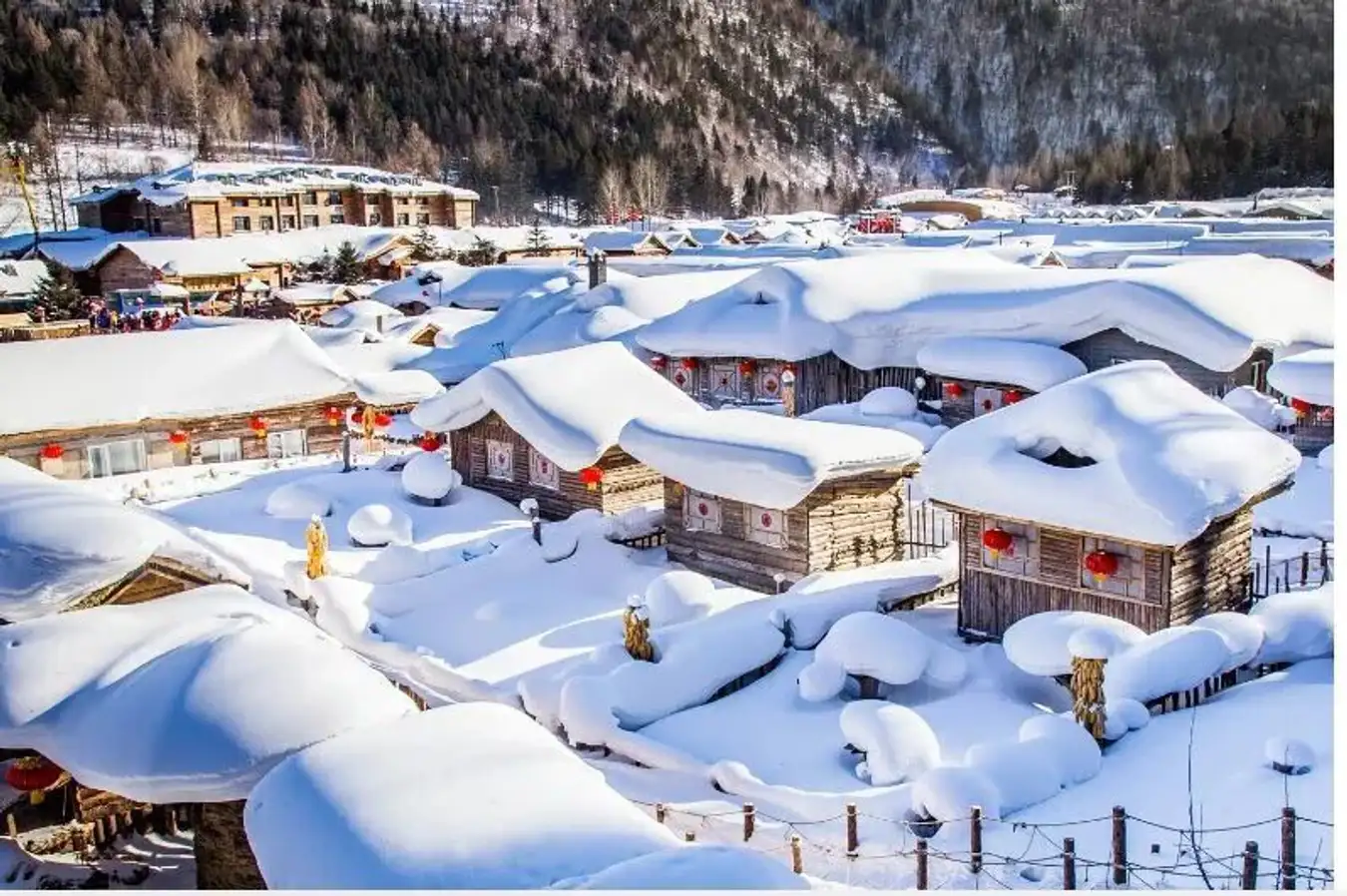
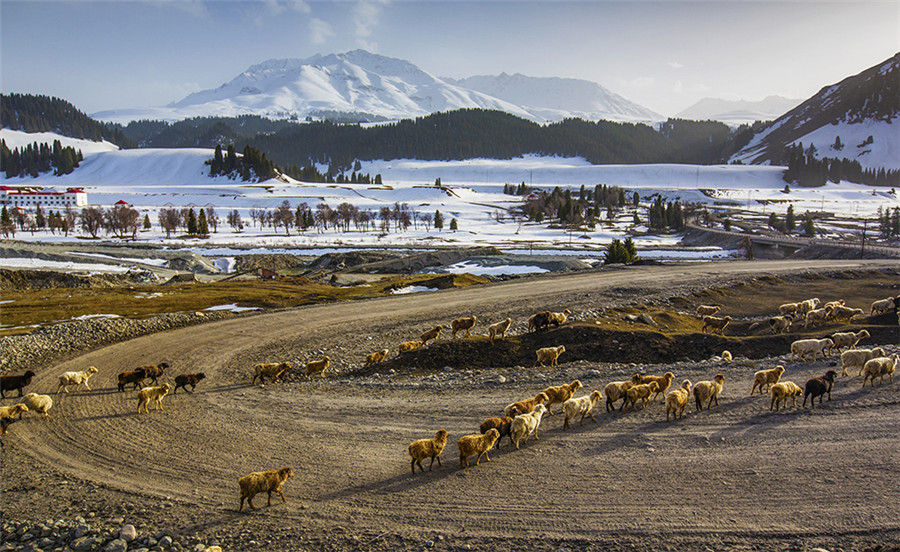
Winter ice and snow are the characteristics of Xinjiang, giving you interesting experiences when traveling here in winter.
How to travel to Xinjiang?

Xinjiang is one of the five major autonomous regions in China, so there are up to 25 airports. Traveling from Vietnam, depending on the city you depart from and the destination you want to go to, there will be different flights.
Traveling to Xinjiang takes a long time. Visitors usually travel to Xinjiang via Urumqi and take flights/trains to other cities in Xinjiang. Although the scenery is beautiful, transportation is a big matter. It is difficult to travel by public transport to many remote scenic areas and many scenic spots along the way cannot be reached by public transport, so renting a car or driving yourself is the first choice.
Plane (#Xinjiang blog)

Xinjiang has the largest number of airports in China among all provinces. Urumqi Diwopu International Airport (IATA: URC) serving Urumqi is the most important and widely used airport in Xinjiang. It is the air gateway to Hamjiang and the air transport hub to Kashgar and other destinations in Xinjiang. You can fly directly from Beijing, Chengdu, Harbin, Hohhot, Guilin, Guangzhou and other cities in China to Urumqi, and take a quick flight from Urumqi to Burqin Kanas, Kashgar, Hotan and many other places in Xinjiang by provincial flights.

There are currently many flights landing/taking off from Urumqi Diwopu Airport, which can basically connect major cities in China. Since Xinjiang is so vast, visitors to North Xinjiang can start their trip from Urumqi, while visitors to South Xinjiang can take a flight to Kashgar and start their trip there. Important provincial cities such as Turpan, Hotan, Shache, Altay, Ili are also well connected with direct flights to Urumqi.
Train

With the high-speed rail line from Lanzhou to Urumqi, it is very convenient to take a high-speed train from Lanzhou to Urumqi. Besides, there are many regular trains connecting Urumqi with other cities in Xinjiang. There are 3 railway stations in Urumqi. When taking the train to Urumqi, you need to find the right station to arrive at.

The most popular way to get to Xinjiang is to take the high-speed train on the Lanzhou-Urumqi High-Speed Railway. Xinjiang has several stops, and Turpan and Urumqi are the two most popular stops. You can take the high-speed train to Turpan and Urumqi from Lanzhou, Zhangye, Jiayuguan, Dunhuang (Liuyuan), Tianshui, Xining of Qinghai, Xian and Xian. Dunhuang is the most recommended because the train time is acceptable. If you depart from other long-distance cities, you should stop by Zhangye and other destinations along the way to shorten the long train ride.
Transportation in Xinjiang

Xinjiang is a fairly large area, so you can refer to some of the following ways of transportation.
- Airplane: There are many domestic flights depart from Urumqi Diwopu International Airport. Depending on the destination you want to go to, you can consider choosing the appropriate flight.
- Service car: This is also one of the preferred means of transportation, especially for those who want to freely experience and fully enjoy the beauty of Xinjiang’s roads.
- Train: Trains are also one of the popular means of transportation in Xinjiang. There are many trains connecting Urumqi to other cities in Xinjiang, so it is very convenient. You can refer to the information about the trip for easy travel.
- Bicycle: Bicycles are a very popular means of transportation in Xinjiang, especially in the old quarters. You can rent a bicycle to explore the city and enjoy the scenery.
- Electric cars: Electric cars are also a popular means of transportation in Xinjiang, especially in the old towns. They provide comfort and take you to your destinations quickly.
What do to and where to go in Xinjiang
Tianshan Mountains

Tianshan Mountains is a destination that anyone traveling to Xinjiang wants to visit. This place is impressive with snow-capped peaks all year round, along with green valleys, creating a majestic and beautiful natural landscape.
The highlight of Tianshan Mountains is that it clearly divides Xinjiang into North and South Xinjiang. With snow-capped peaks all year round and green valleys, Tianshan offers majestic and beautiful natural scenery.

In addition, there is also a crescent-shaped Heavenly Lake surrounded by lush green forests, creating a strangely peaceful jade-colored picture.
Visit lake Kanas and Hemu village to enjoy natural beauty

Kanas Lake is associated with the legend of the monster, a mysterious creature that is said to live under the lake and has been discovered by local people. This is what makes tourists always excited to come here to learn and explore. Not only that, the landscape around the lake also leaves visitors “stirring”. Spring and summer are full of wild flowers, autumn with brilliant yellow leaves, winter covered with white snow. Besides, the villages of Kazakh and Tuva people living around the lake also bring unique and attractive cultural features.

Kanas in Mongolian means “beautiful and mysterious lake”. Kanas Scenic Area is one of the top attractions of Xinjiang. Located in the middle of the Altai Mountains, Kanas is a geological park, a forest park, and a nature reserve. The stunning natural beauty has earned Kanas the title of “The Private Garden of the Gods”.

Kanas Lake is the deepest freshwater mountain lake in China. The lake water here has many different colors when the weather changes. Such as turquoise and sapphire. You can stay overnight in a wooden house, watch the morning dew, and ride horses.
Hemu Village

Hemu village is located about 30 km east of Kanas Lake, a small village inhabited by Kazakhs and Tuvans. Usually, tourists to Xinjiang will visit Hemu Village when visiting Kanas Lake Scenic Area. All the houses in Hemu Village are simple wooden houses scattered in the valleys between the mountains. Here, you will encounter the scene of local ethnic minorities working on the farm, looking very simple and peaceful. The Hemu River flows quietly beside the village, the water is clear and very clear. There are also grasslands, birch forests… surrounding the village, creating a very beautiful landscape.


Hemu Village is near Kanas Lake. The village and the lake are green in the summer and look like fairylands in the fall.
Stroll in Kashgar old town to discover the culture and history of Xinjiang

Kashgar ancient town is one of the oldest and most important cities on the legendary Silk Road. With a history of more than 2,000 years, Kashgar is a place where many cultures and religions intersect, creating a diverse and rich picture.
Kashgar will give you an insight into the history, culture and architecture of one of the most important centers on the Silk Road when traveling to Xinjiang.


Kashgar is a good place to explore the culture and history of Xinjiang. The old town has a long history of 2,000 years, considered a living exhibition of the Xinjiang Uyghur people. Kashgar Old Town is also the setting of the famous movie – The Kite Runner. The streets and alleys stretch throughout the town with centuries-old residential areas on both sides. The residential complex in Kashgar Old Town is one of the largest earthen structures in the world. And the locals still live in it.

Nalati Grassland
Nalati is known as the “Switzerland of the East” for its wild and peaceful natural beauty. In spring and summer, the grasslands become a carpet of colorful flowers, creating a vivid and poetic natural picture. This is also home to many ethnic minority communities such as the Kazakhs, bringing a unique and diverse culture.
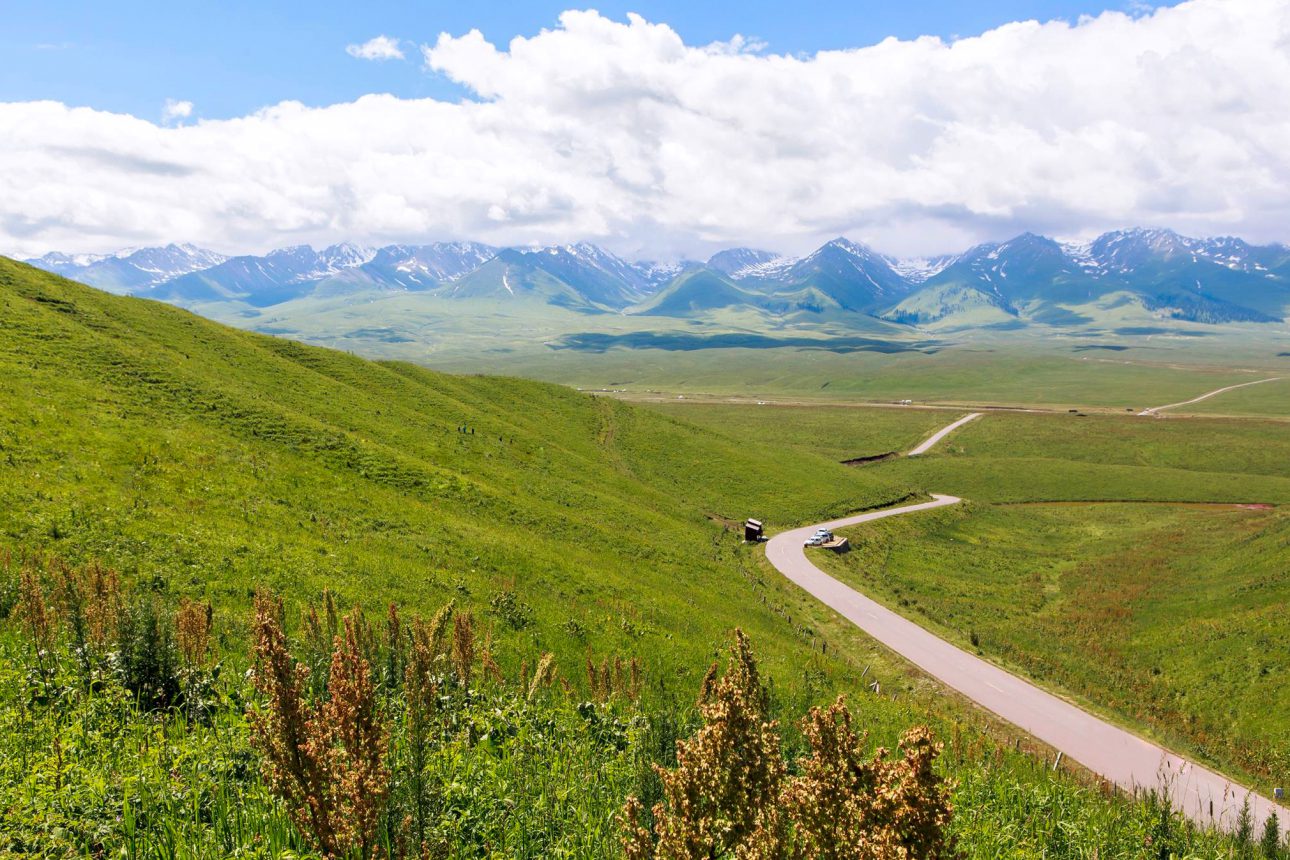
Nalati grasslands is a place that you should not miss when traveling to Xinjiang, a place that promises to bring visitors wonderful experiences amidst majestic nature, along with the opportunity to explore and learn more about the unique culture of ethnic minorities living in Xinjiang.
Lost in the Heavenly Lake in the Tianshan Mountains (#xinjiang guide)

Heavenly Lake, or the “Jade Lake” or Tianchi of the Queen Mother of the West in Chinese mythology, looks like a large pearl embedded in the Tianshan Mountains. The lake is crescent-shaped, surrounded by ancient spruce trees. You can stroll around the lake, breathe fresh air and admire the dense forests on the shore. There are other small places that you can explore, such as small lakes, waterfalls, mountains, Kazak folk culture gardens and some Taoist temples and palaces.
Jiaohe Ancient Town (#xinjiang guide)
Jiaohe Ancient City (Yarkhoto) is the largest, oldest and best preserved earthen city in the world. It is also the most complete urban heritage in China with a history of more than two thousand years. On June 22, 2014, at the 38th meeting of the UNESCO World Heritage Committee held in Doha, Qatar, Jiaohe Ancient City, as the site of the “Silk Road: Road Network of the Chang’an-Tianshan Corridor” jointly submitted by China, Kazakhstan and Kyrgyzstan for World Heritage listing, was successfully inscribed on the World Heritage List.
































![10 best airports in Asia in 2016 [RANKED] kuala-lumpur-international-airport-best airports in asia in 2016 by skytrax ratings](https://livingnomads.com/wp-content/uploads/2016/08/29/kuala-lumpur-international-airport-best-airports-in-asia-in-2016-by-skytrax-ratings-218x150.jpg)
















